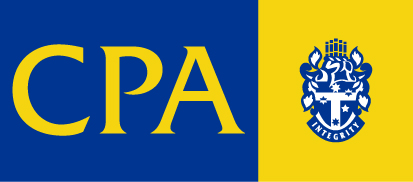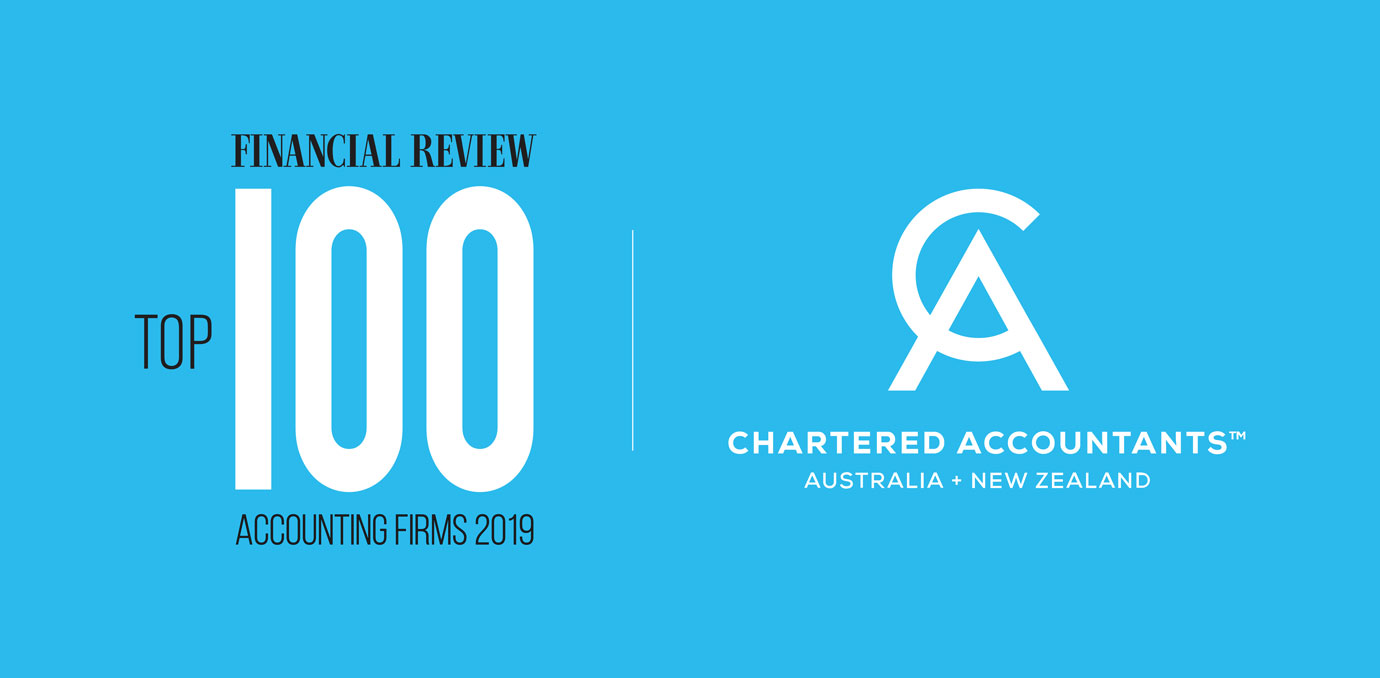Fringe Benefits Tax (FBT)
Rede Accountants Gold Coast, Brisbane & Toowoomba
What is It?
Fringe Benefits Tax is a tax levied on employers who provide NON CASH BENEFITS to their staff. It can also apply where employees direct the benefit to other people such as their spouse or other relatives.
Unlike cash benefits (wages, bonuses) non cash benefits are not taxed in the hands of the staff recipient.
Typical examples:
-Company vehicles for staff are the most common benefits
-Employer provides free or subsidised car parking
-Payment of personal expenses such as home mortgage, groceries, private health cover, car parking station, telephone and internet
-Housing benefits such as paying rent
-Meals and entertainment
There are some exempt benefits:
-Supply of work related items such as laptops and mobile phones (that do not belong to the employee)
-Re location costs for work.
-Fly in fly out arrangements
Note that superannuation salary sacrificing is not a fringe benefit.
Benefits
Employee receives some ‘tax free’ or ‘tax subsidised’ benefits from their employer that they are not personally taxed on.
Company cars can provide benefits for both the employee and employer. Employers and their Employees working in certain industries and professions (hospitals, ambulance, public benevolent institutions and health promotion charities) receive additional concessional limits to other employees.
Disadvantages
The fringe benefits tax rate is high and punitive. As a rule of thumb it equates to the highest personal rate of 47%. This penalises lower level wage earners and for those employees on the highest tax rates, are they any better off? Most employers will cost the fringe benefit tax component into the employee’s salary package if the employee elects to take fringe benefits as part of their package. The employee may not be much better off than taking salary.There is more ‘red tape’ for employers. They have to lodge an annual return, maintain additional records, subject to additional scrutiny and make quarterly payments.
There is also the possibility the employer may not receive a tax deduction for some benefits.
Most fringe benefits in excess $2,000 have to be recorded on employee annual PAYGW Summaries and count towards income assessments for child support, Centrelink, Medicare Surcharge etc.
Summary
Generally, the provision of fringe benefits needs to work for both the employer and the staff member. The employer would expect to be no worse off than if they made a payment of wages to the employee. The employee would be the one expecting to better their situation.
The FBT rules are complex and constantly subject to more scrutiny by the Tax Office.
Talk to us for a more detailed explanation of how you can benefit.
Related Tag: Tax Accountant Northern Rivers






